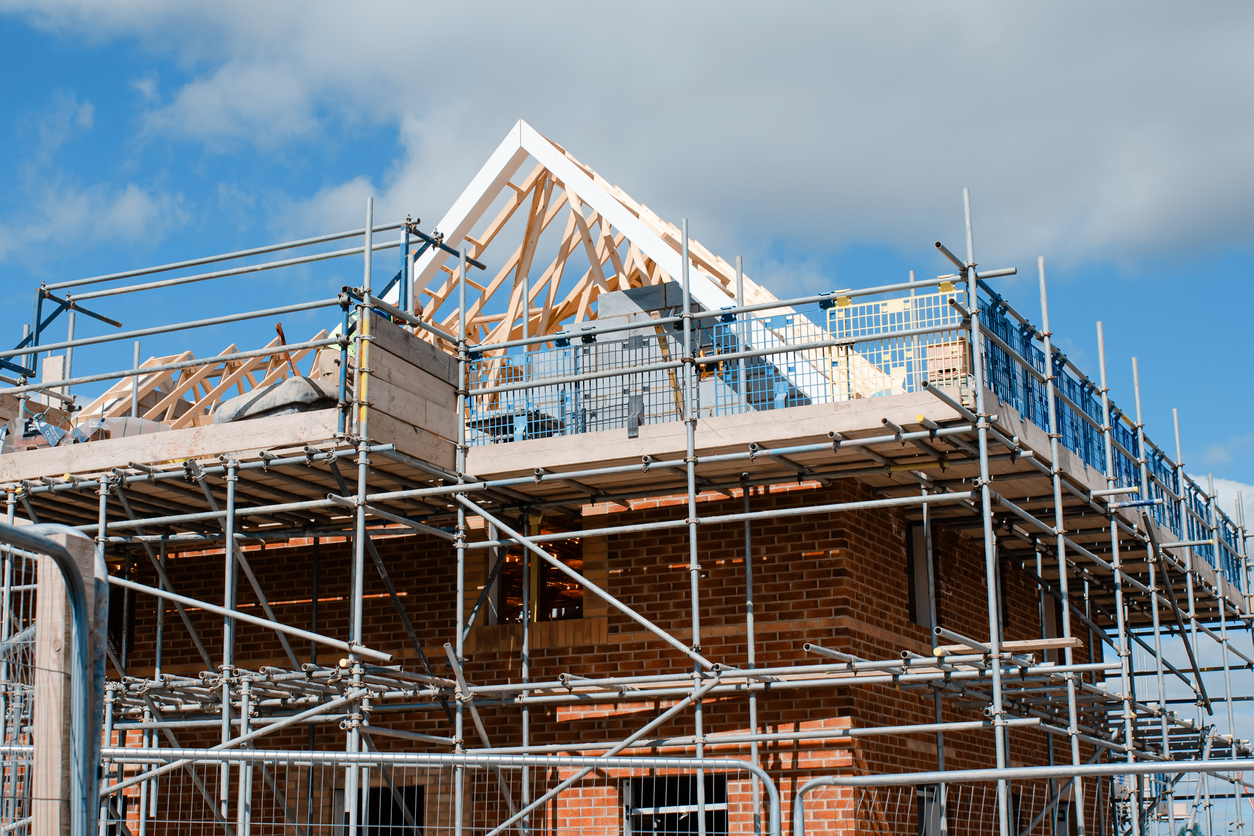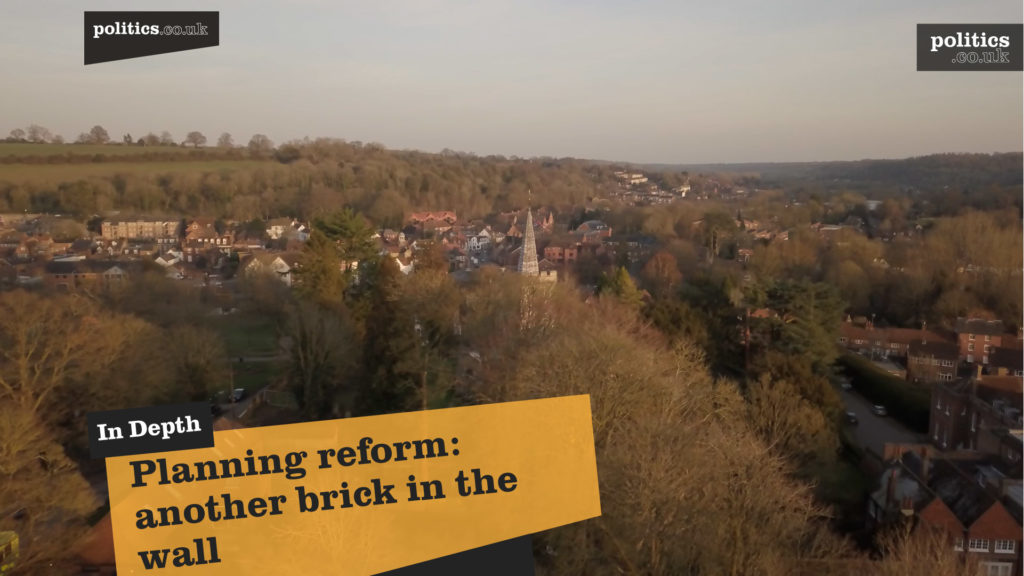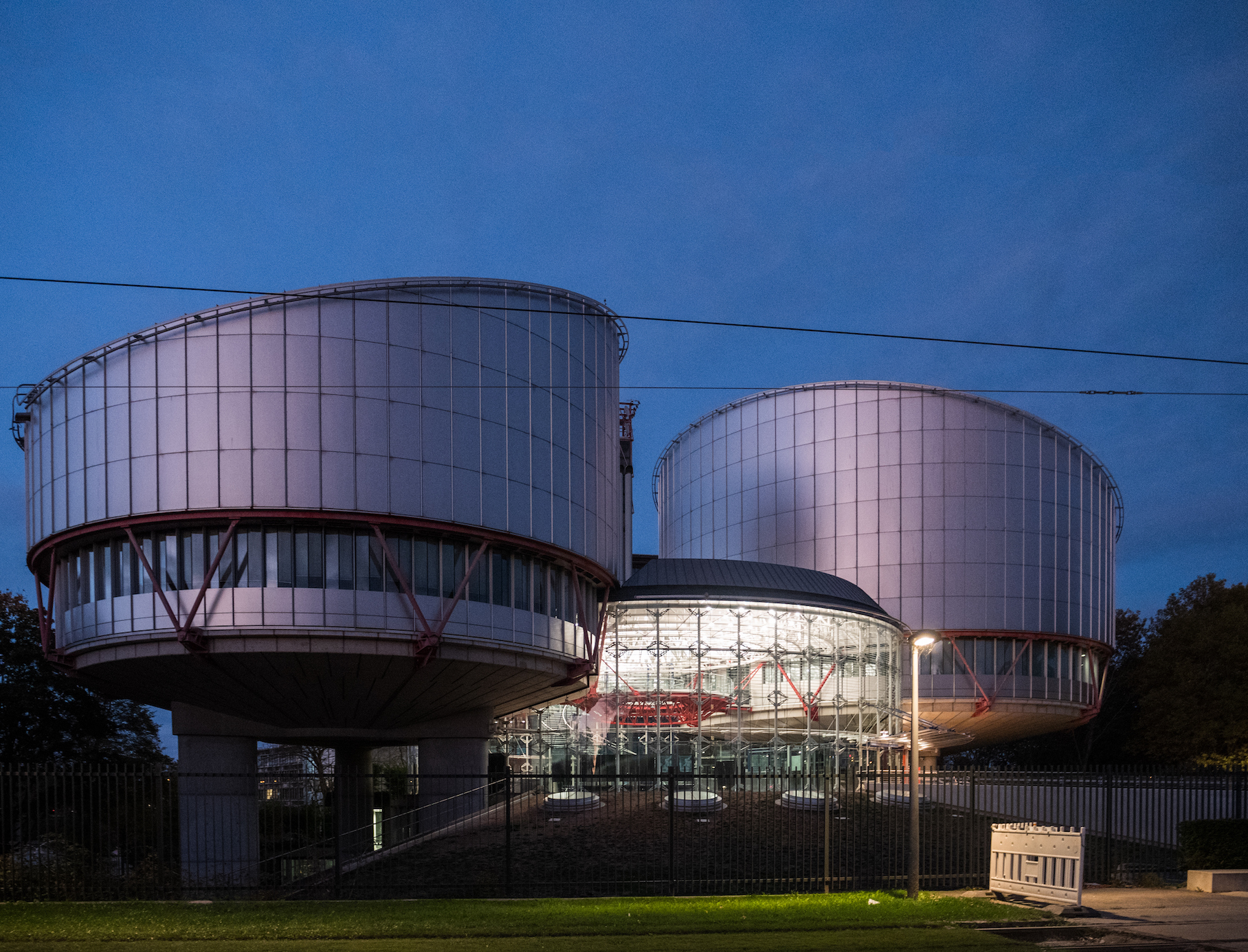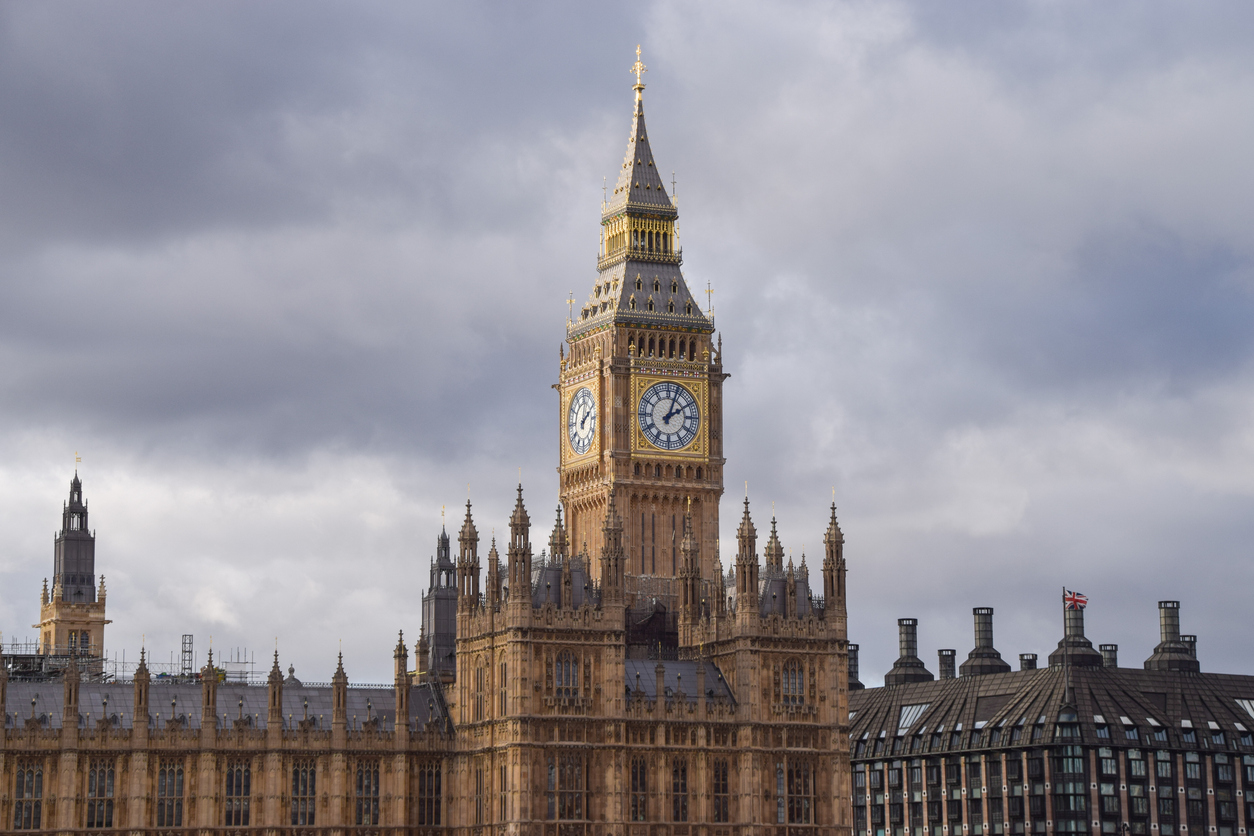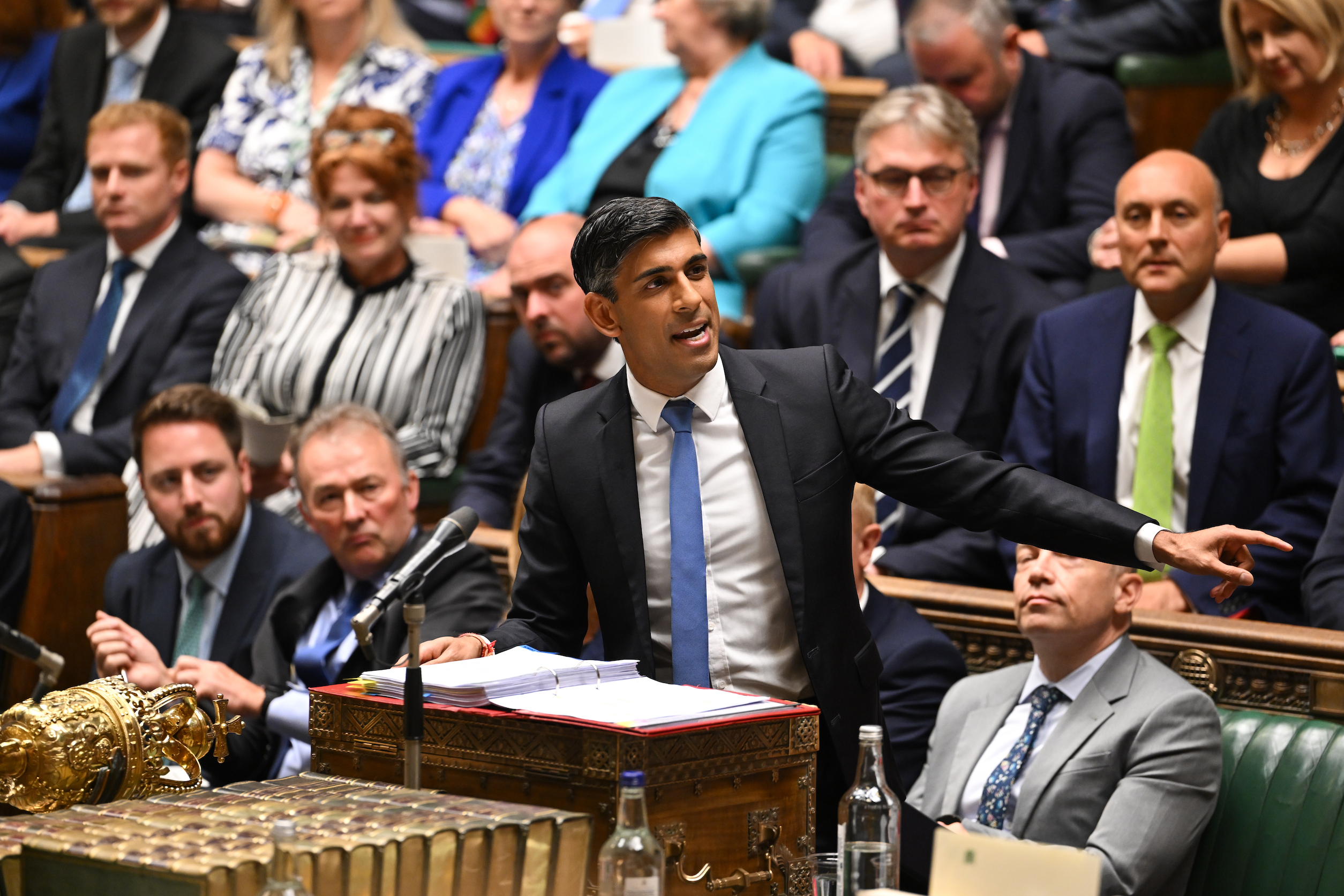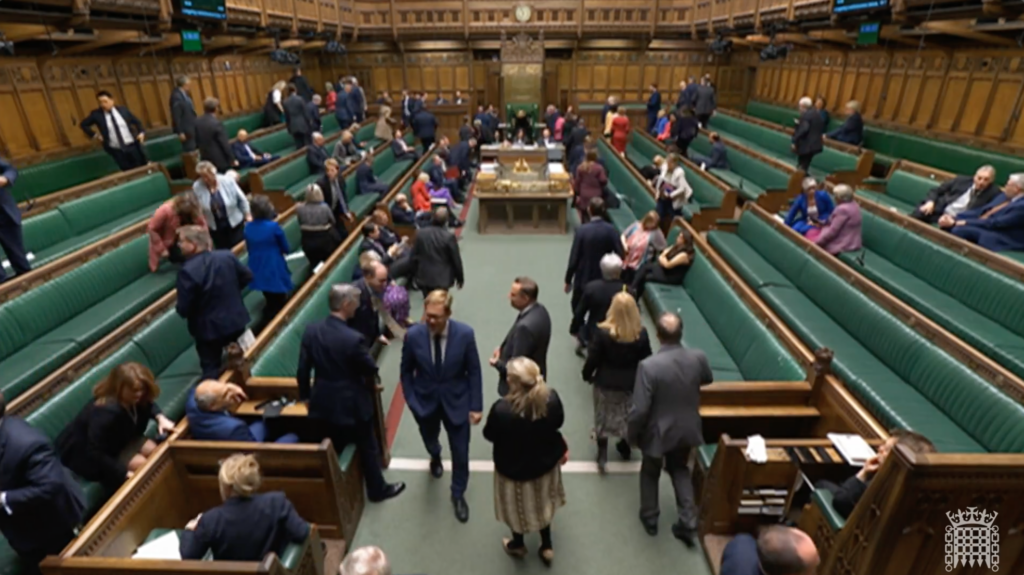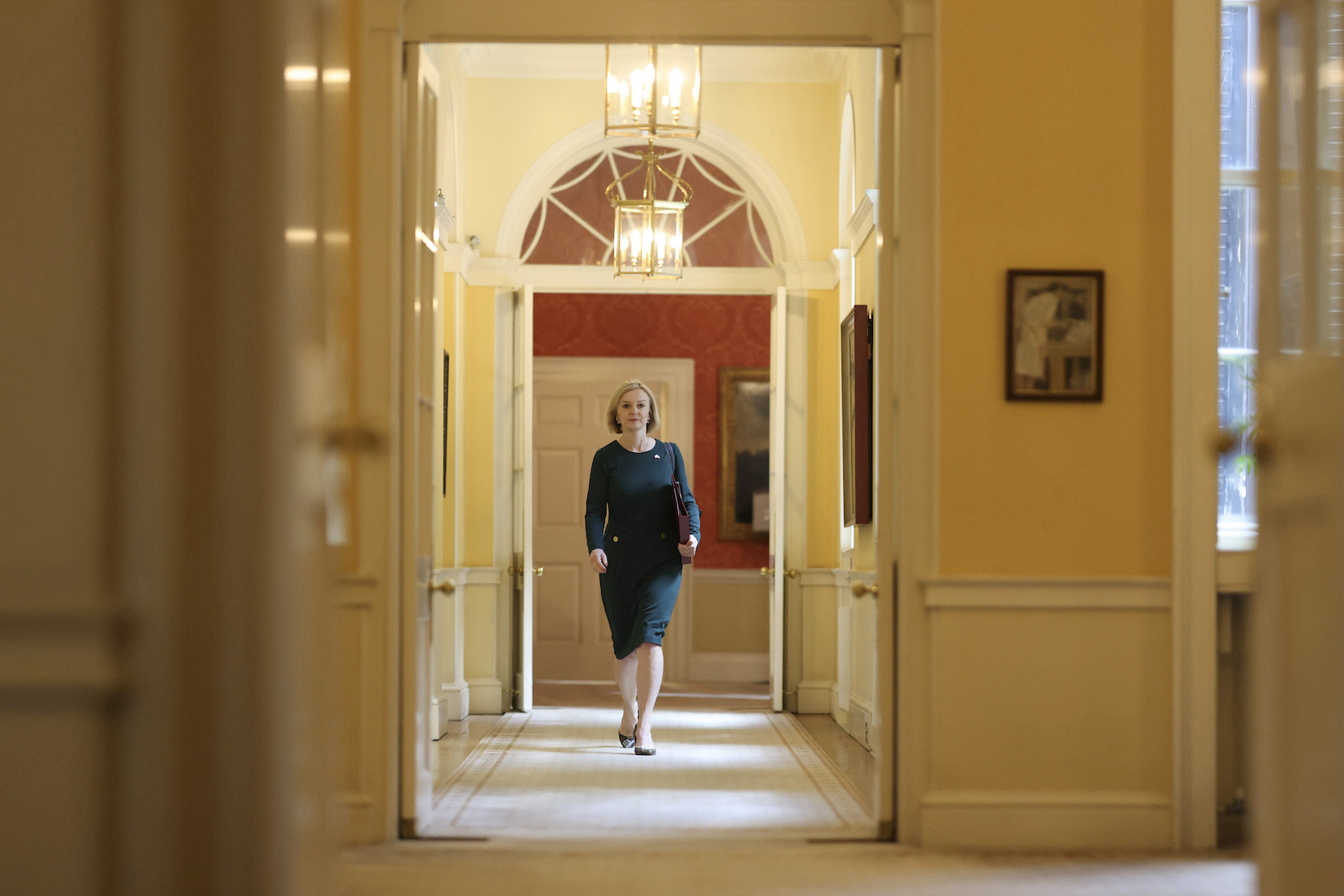What is ?
is an area of or premises that has been previously used, but has subsequently become vacant, derelict or contaminated. This term derived from its opposite, undeveloped or ‘‘ .
sites typically require preparatory regenerative work before any new goes ahead, and can also be partly occupied.
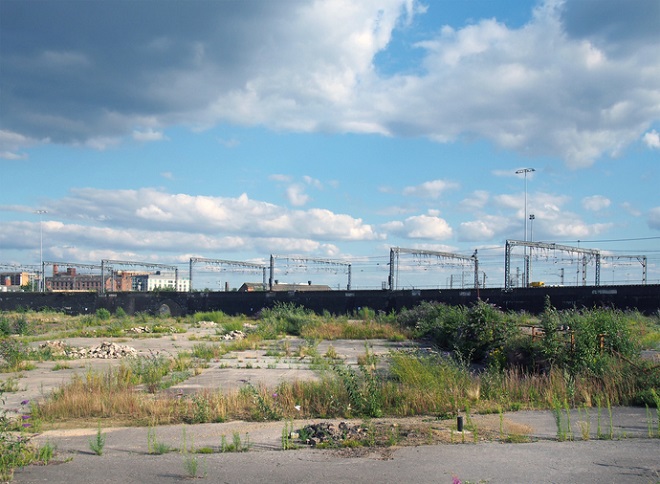
The CPRE have suggested that there are enough brownfield sites in the UK to house 1 million new homes.
Background
gained political significance after the UK set a national target in February 1998 to ensure 60 per cent of all new developments were built on .
In terms, local authorities use to help regenerate decaying inner urban areas. This approach is deemed preferable to developing on .


Statement 3 (PPS3) published in November 2006, reiterated the ‘s commitment to the 60 per cent target for new homes built on , stressing that local authorities should continue to prioritise in their plans and “take stronger action” to bring more back into use.
The national regeneration agency English Partnerships was tasked by the to work with departments and a wide range of stakeholders to develop a National Strategy for England.
Subsequently the National Forum was established to oversee the implementation of the National Strategy and report annually on its progress. The Forum held its first meeting in February 2009 and further meetings were scheduled to be held quarterly.
In its 2017 White Paper, the stated that, “local authorities should give priority to suitable well-served by public transport”. It became compulsory for local authorities to publish a list of , and to make estimates of their capacity for . This move was said to make it easier to analyse the number of identified for across the whole of England.
In 2020 the announced that owners of vacant and redundant freestanding buildings of a footprint of up to 1,000 square metres would be able to fast-track the for demolishing and rebuilding them as new residential developments within the footprint of the original , up to a maximum height of 18 metres, including up to 2 storeys higher than the former . The new could be a block of flats or a single new family home.
The championed this reform, as supporting the of towns and cities, by allowing vacant and derelict buildings to be repurposed quickly for much-needed . By encouraging on , it was suggested that the move would protect green spaces and help kick start the construction sector post Covid 19.
As part of its policy agenda in relation to and its objective of constructing 300,000 new homes per year, in late 2020, the UK announced plans for a £100m “ release fund” to promote urban regeneration and on public sector .
In his October 2021 budget, Chancellor Rishi Sunak earmarked £11.5bn for the construction of up to 180,000 affordable homes, with brownfield sites targeted for development.
Controversies
Businesses and developers are often unenthusiastic about developing on sites because of the expense of clearing a and the limitations on growth.
The is often seen by some as a major stumbling block to increasing : obtaining the necessary permissions can be delayed by negotiations over clean-up operations and other concerns.
This can be the case with , where areas may not be suitable for gardens, although they are usually suited for city apartment developments. Developers are sometimes accused of being more inclined to construct more profitable, larger ‘executive’ in attractive rural settings, rather than redeveloping decaying areas with limited space.
guidance is also sometimes said to be contradictory on flood risks, with PPS3 prioritising , while PPS25 favours in low-risk flood areas. This problem is reinforced by evidence suggesting at risk from flooding will significantly increase by 2050.
A further area of controversy has been the designation of as b guidance had previously placed gardens in the same category as derelict factories and disused railway sidings, leading to the practice of so-called ‘garden grabbing’ where an increasing number of new houses were built on back gardens. Councils and communities were powerless to prevent this erosion of in their area and environmentalists raised concerns about the impact on urban .
Less controversial has been the ‘s decision to make publicly-owned available to house-builders, a move particularly welcomed by organisations such as the National Federation who suggested that the should be free to associations to help them provide “desperately needed affordable homes.”
Statistics
registers continue to show enough suitable is available for more than 1 million homes across over 18,000 sites and over 26,000 hectares. [Source – Campaign to Protect Rural England, State of Report, 2010]
Quotes
“In order to provide enough in England for everyone who needs it, we must be creative within our finite . By making use of , the homes we need can be built in the places we need them, while our beautiful countryside is allowed to thrive. sites are also often close to where people already work and live, with infrastructure such as public transport, schools and shops already in place” – Campaign to Protect Rural England, State of Report, 2019
“The Countryside Alliance believes that decisions should be made at a local level, making full use of local experience and local knowledge. We believe that this middle-ground, with its emphasis on localism, will – alongside the ‘s simplification – benefit those areas that wish to increase their provision or rural businesses looking to expand, without compromising the safety of our precious natural environment. – The Countryside Alliance chief executive Alice Barnard – 2011









